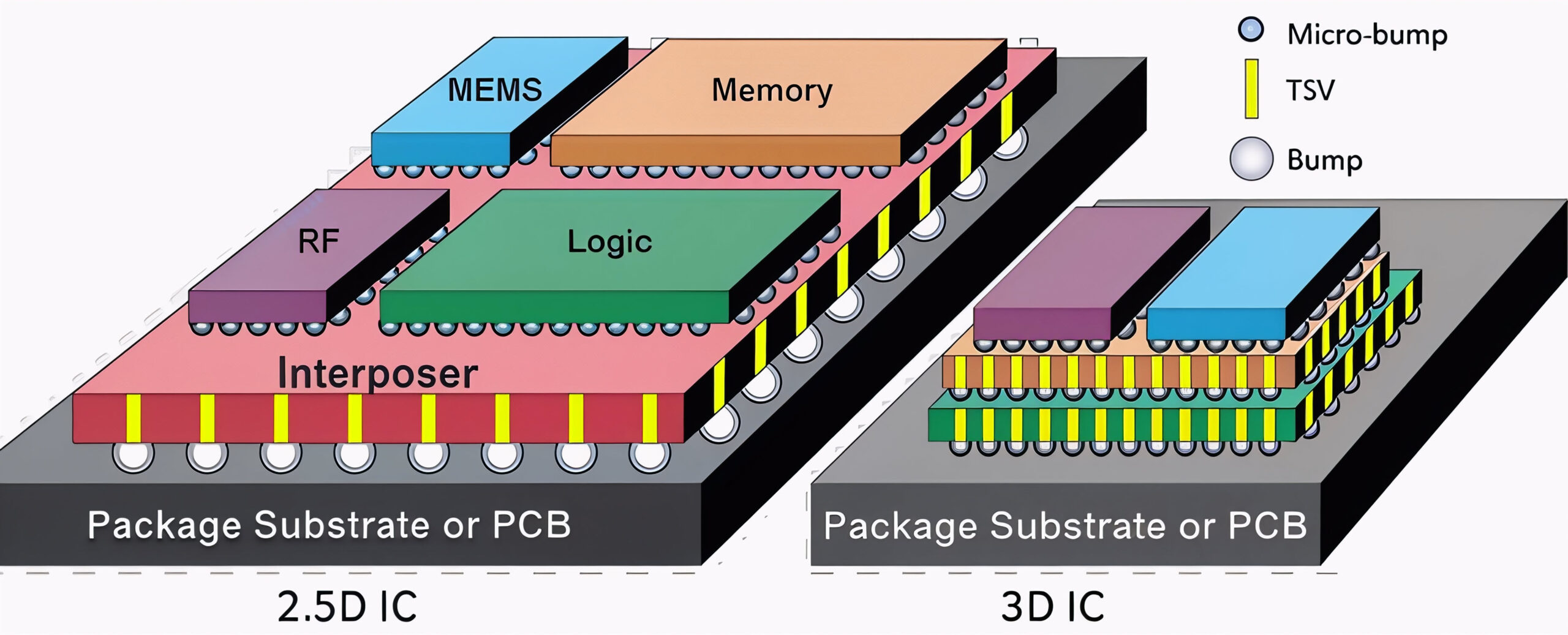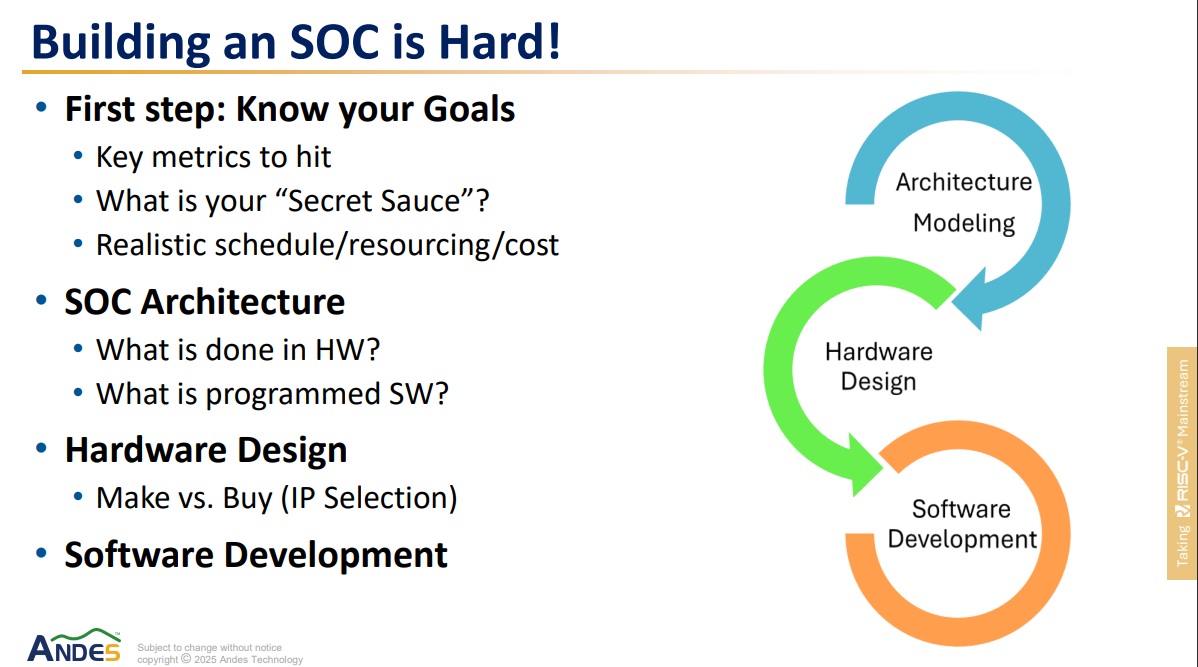You are currently viewing SemiWiki as a guest which gives you limited access to the site. To view blog comments and experience other SemiWiki features you must be a registered member. Registration is fast, simple, and absolutely free so please,
join our community today!
There’s an old philosophy that business coaches often use. It’s the saying that you think big, start small, and then scale quickly. If you follow it closely, you have the potential to make a lasting impression in an industry and achieve actual results in the process.
Let’s look at this in terms of the internet of things to see how it … Read More
It is no secret that Uber drivers struggle to make a living driving for Uber. The most popular guidance for Uber drivers is to use the service to supplement existing income, not as a full-time job. But Uber is transforming transportation with billions of dollars of investment, billions of dollars in fares and billions of dollars … Read More
efabless is one of the more interesting companies we have worked with over the last six years. Interesting because it is disruptive and because it is all about enabling design starts, the life blood of the semiconductor industry.… Read More
This blog was originally posted on Paysa.com but since Rajeev Madhavan is one of our EDA Heroes I thought it was worth a re-post. In case you do not know Rajeev, he started his EDA career at Cadence then was co-founder and VP of Engineering at LogicVision (acquired by Mentor). Next he was Founder, President, and Chairman of Ambit Design… Read More
I have attended LETI conference last June and remember the paper presented by Alain Merle, their security guru. Alain said that smart cards are secured because up to 50% of the Silicon area is dedicated to security. When you design a SoC to address applications like smart metering, NFC payment or embedded SIM, you know in advance … Read More
Recent Distributed Denial of Service (DDoS) attacks are forcing a shift in Internet-of-Things (IoT) security thinking. The dangers are expanding as attackers are taking advantage of billions of IoT devices, conscripting them into their botnet armies for massive DDoS attacks.… Read More
I had the good fortune to be able to attend a very informative five-day photonic integrated circuit (PIC) training this last week in Santa Clara, CA. The training was organized by Erik Pennings of 7 Pennies consulting and hosted by Tektronix. Several ecosystem partners from the design automation, photonic foundries and photonic… Read More
Fractal is another one of those very successful emerging EDA companies that you don’t read a lot about, except on SemiWiki. Rene Donkers is co-founder and CEO of Fractal Technologies, a company addressing IP quality assurance. This is a niche in the SoC tooling market that deserves some justification. Why not use an IP as-is… Read More
For an industry with an estimated revenue potential of $22 billion by 2022, and a CAGR of 14% throughout 2016–2022, the slightest innovation in current modules holds considerable profit potential. The thin film semiconductor market has evolved from the previous generation of semiconductor electronics in the best interests… Read More
My colleague and automotive safety system guru at Strategy Analytics, Ian Riches, is fond of citing Amara’s Law. Named for Roy Amara (1925-2007), research, scientist, forecaster and long-term president of the Institute for the Future, the “Law” states: “We tend to overestimate the effect of a technology… Read More









Quantum Computing Technologies and Challenges